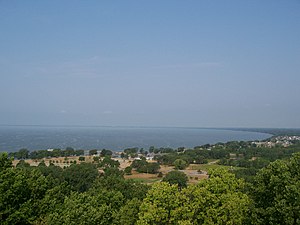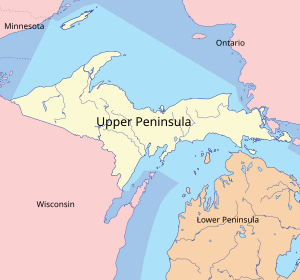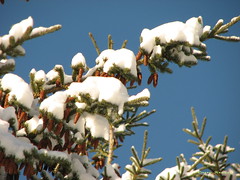MADISON - The public is invited to play an active role in the implementation of Wisconsin’s Deer Trustee Report through direct participation in a series of meetings hosted by the Department of Natural Resources, starting March 9, in Stevens Point.
 |
| map of the UW-Stevens Point Campus |
The meeting will take place at UW-Stevens Point’s Lee S. Dreyfus University Center, Alumni Room (350), from 10 a.m. to 3 p.m. It is the first of seven meetings to develop action plans for moving recommendations in the 2012 report forward with the intent of enhancing deer management in the state.
“Part of enhancing deer management is incorporating the observations and wants of a diverse audience of people with a stake in deer and deer hunting in Wisconsin,” said Eric Lobner, DNR Wildlife Supervisor assigned to implementation coordination. “We are inviting the public, tribes, stakeholders and other partners with hopes for a strong response from all. In order to be truly effective, we need people to turn out and weigh in on how to implement recommendations in the report.”
The report contains 62 recommendations assembled by Dr. James Kroll, along with Drs. Gary Alt and David Guynn, who were commissioned by the Governor as the state’s deer trustees to perform an objective evaluation of deer management practices. Four action teams have been formed to help move ideas from recommendations to implementation on the ground.
Each action team will be responsible for reviewing an area-specific grouping of recommendations pulled from the report. The team focus areas are: Deer Management Assistance Program (DMAP); herd health and Chronic Wasting Disease (CWD); regulations and seasons; and science and research.
Action teams will meet simultaneously, so groups are encouraged to send multiple representatives if there is interest in serving on more than one action team. Additionally, team members are asked to attend all meetings
Action team meetings are currently all scheduled from 10 a.m. to 3 p.m. at the UW-Stevens Point location above. The additional dates are April 6 and 27, May 18, June 8 and 29, and July 20, 2013. All meetings are scheduled to be completed by July 20 in order to meet deadlines for the official rule making process.
“DNR’s current role is to create an effective system for collecting, organizing and forwarding the input from the action teams. The efforts of these teams will guide the next steps of the agency, whether that means seeking administrative rule changes or changing how we communicate with hunters,” said Lobner. “We aim to be the ears, while others are the voices, in this process.”
In addition to the meetings, DNR will launch a survey to collect feedback on various aspects of the report with the overarching goal of getting a better understanding of what aspects of the deer management program should change and how. DNR will also use social media and the web to keep the public informed and engaged throughout the process.
More information and the full report are available at dnr.wi.gov, search keywords “deer trustee report.”






 Winners received the following prizes donated by Michigan companies and organizations:
Winners received the following prizes donated by Michigan companies and organizations:

 In the past, only hunters with disabilities had the option to hunt with a crossbow. Beginning in 2009, crossbows were allowed in most areas of Michigan during the archery deer season in an attempt to expand hunting opportunities, retain existing hunters and recruit new hunters. Crossbow hunters were required to obtain a free crossbow stamp to determine the number of hunters who took advantage of the new method.
In the past, only hunters with disabilities had the option to hunt with a crossbow. Beginning in 2009, crossbows were allowed in most areas of Michigan during the archery deer season in an attempt to expand hunting opportunities, retain existing hunters and recruit new hunters. Crossbow hunters were required to obtain a free crossbow stamp to determine the number of hunters who took advantage of the new method.











